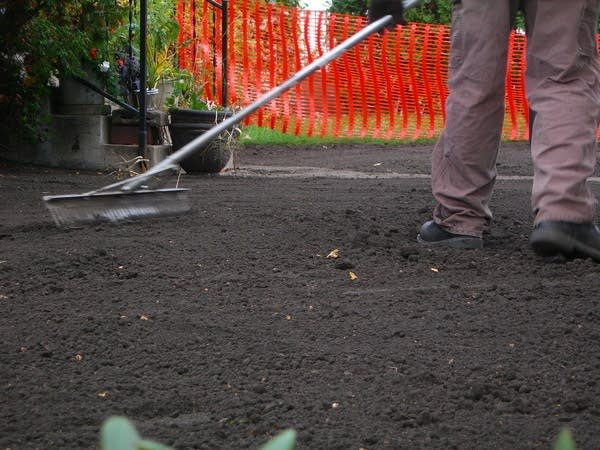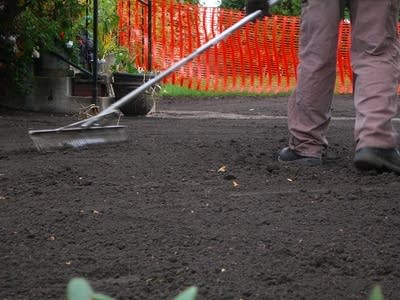Biomonitoring for arsenic in children to begin in south Minneapolis
Go Deeper.
Create an account or log in to save stories.
Like this?
Thanks for liking this story! We have added it to a list of your favorite stories.

The goal of the south Minneapolis biomonitoring program is to determine whether or not children have elevated levels of arsenic in their bodies. The Health Department wants to collect urine samples and other information from parents.
The department was prompted to do the arsenic biomonitoring project in south Minneapolis because a former pesticide plant nearby contributed to some arsenic found in people's homes in several neighborhoods. A new state law mandates these pilot programs take place in communities likely to be exposed to chemical contaminants.
Jean Johnson, who will direct all four biomonitoring projects for the state, says arsenic is a tricky element to test for in the human body.
"It has a very short half-life so a sample in urine is only just a snapshot of their exposure, it's looking at exposure they've had in the past few days," she says.
Turn Up Your Support
MPR News helps you turn down the noise and build shared understanding. Turn up your support for this public resource and keep trusted journalism accessible to all.
Arsenic is a natural occurring element found in the earth's crust and can cause cancer when people are exposed to high amounts. It's linked to several cancers, including those in the lungs and skin. The U.S. Environmental Protection Agency found multiple south Minneapolis residences with very high levels of arsenic dust in their soil. That resulted in an emergency cleanup scheduled to continue through next year. The site of the former pesticide plant and the neighborhoods affected are now a federal Superfund site.
Low-level exposure to arsenic is unavoidable and acute health problems in south Minneapolis residents aren't expected, according to Lisa Yost, a toxicologist with the firm Exponent. She sits on a science advisory panel that will guide the health department throughout this process.
"Where the concentrations are lower, it's very unlikely there would be any concern. Even where concentrations are higher, frankly, I'm not sure that it would be high enough to cause any kind of adverse effects."
She says the health department's role is to be protective regardless of any levels.
Heidi Adelsman, a parent of two who lives in one of these affected neighborhoods, worries about what low levels of arsenic in children's bodies will mean for the clean up of the arsenic in her South Minneapolis neighborhood.
"I do believe that Minnesota Department of Health could say that all along we've been saying this is a negligible issue. There is not a serious threat to public health. It could end up being a way for them to say, this is why we are not invested enough in this situation because, look, the arsenic is not presenting as contaminating our children."
The Health Department's Jean Johnson says it's likely results will show low levels of arsenic in the kids. But even low level exposure can lead to illness.
"The problem with these low levels is if this is a long range chronic exposure, it could potentially put them at risk down the road," she says.
The Health Department will give families a checklist of possible sources of contamination including exposure through soil, pressure-treated lumber, or even food. The department will also encourage families to see physicians to find ways to reduce any exposure they find.
The hope is these pilot programs will eventually build environmental health records over a long period of time, Johnson says.
"In order to get more information from it, we would hope that this would be population-based so that if we draw a sample from a population, we can take that result and say something about population health. Ultimately, that's what we would like it to do."
The Health Department is also planning biomonitoring projects for perfluorochemicals and mercury. Details to measure a fourth toxic chemical have yet to be determined. The department hopes to get approval for the arsenic pilot project by spring, so they can begin testing children during the summer when they're outside playing in yards.




